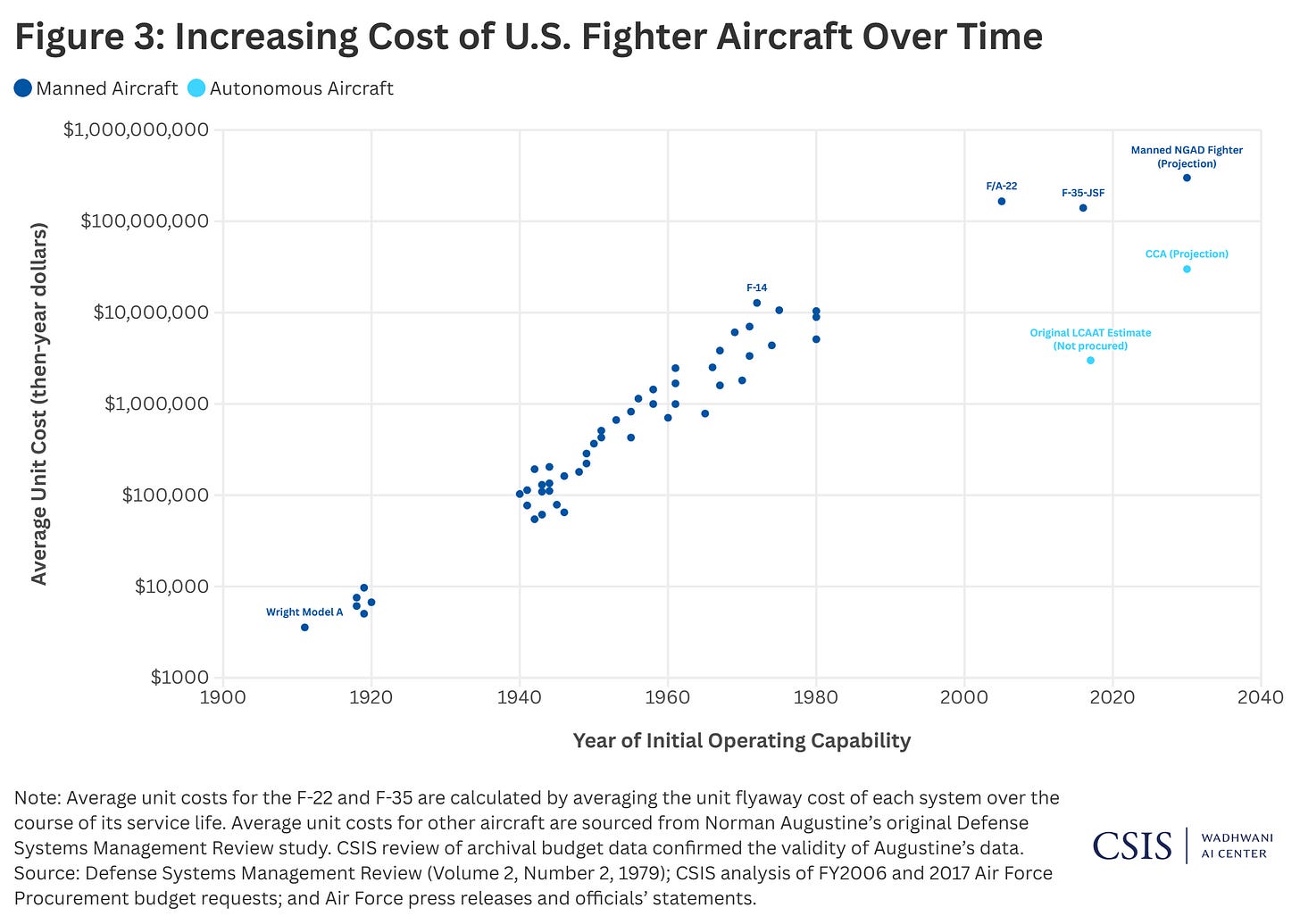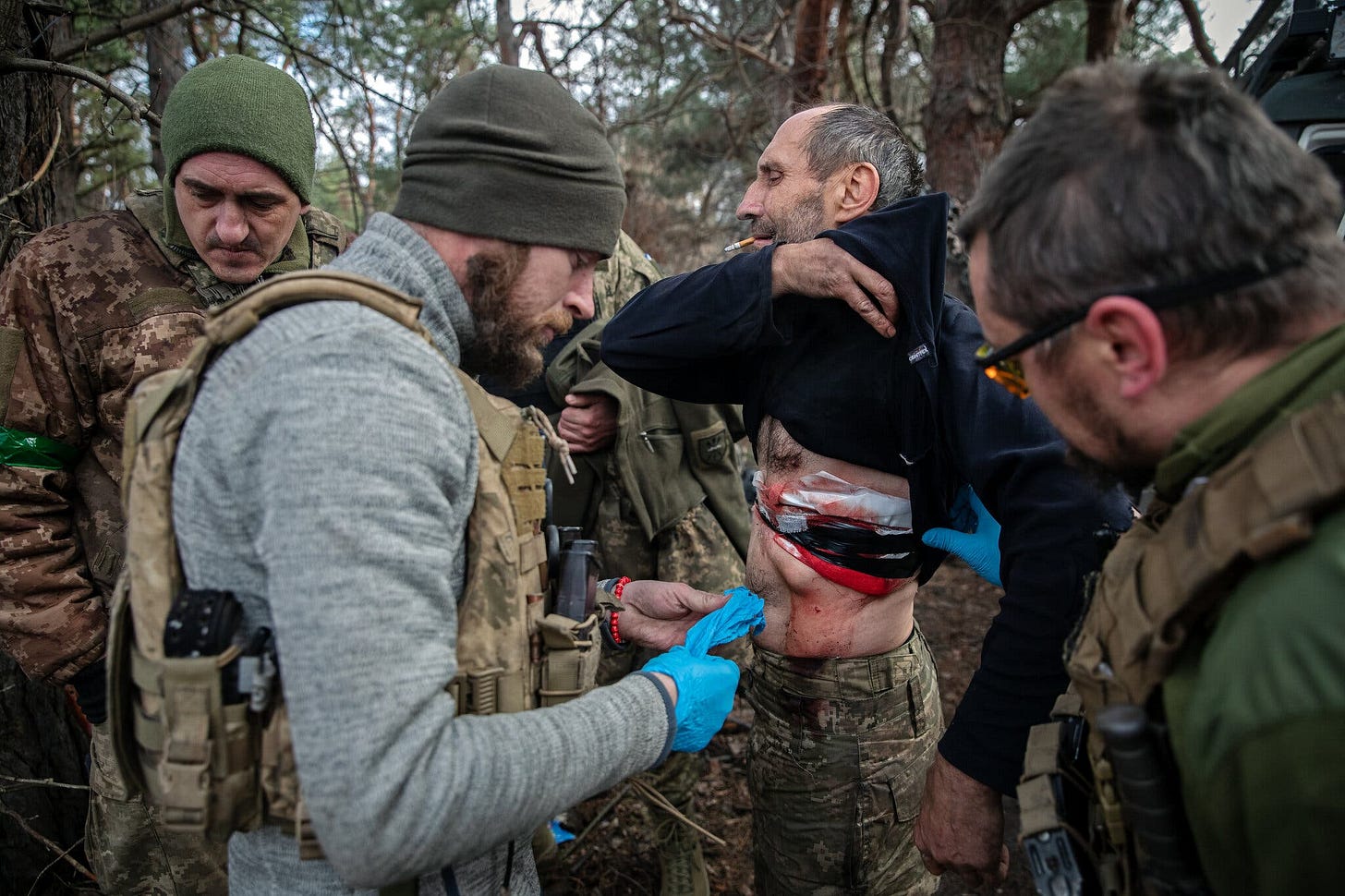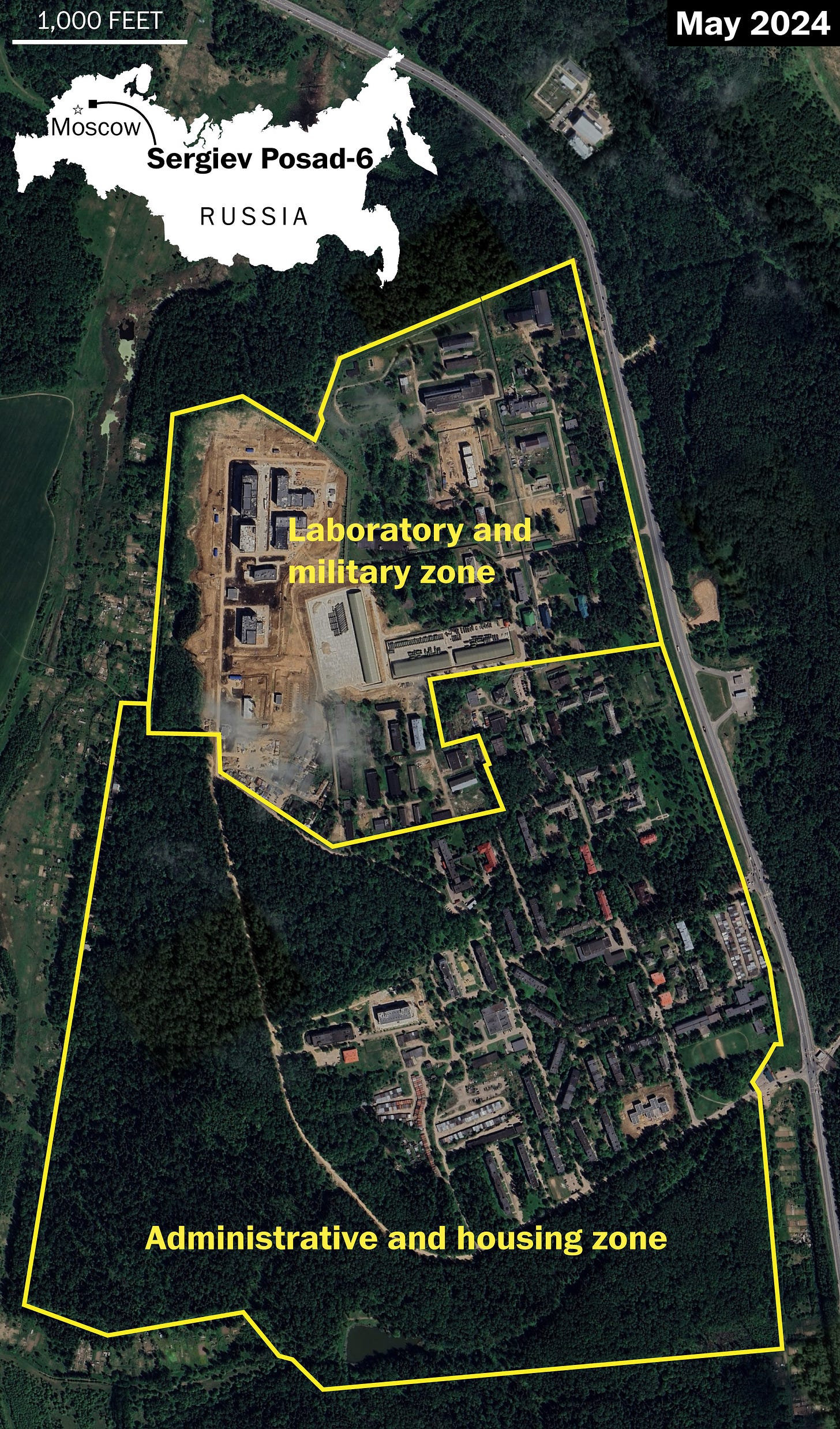In 1942, Nazi U-boats strangled the Atlantic. Cheap and lethal, they hunted in coordinated wolfpacks, sending over 6.2 million tons of Allied shipping to the seafloor—the equivalent of sinking a Titanic every three days for an entire year.
Cornered but not broken, the Allies marshaled their industrial and scientific might. Within a year, convoys prowled the Atlantic bristling with sonar, centimetric radar, and radio triangulation—the hunters had become the hunted. The Allies destroyed 241 U-boats in 1943, nearly triple the previous year's toll.
Defeat at sea only deepened Germany's resolve. Reflecting Hitler’s fixation on technological superiority, the Reich accelerated the production of a new submarine—the Type XXI Elektroboot. Designed for endurance and evasion, it ran silent to sonar, snorkeled beneath the radar, and limited transmissions to avoid detection. However, refinement came at a cost: while a standard U-boat cost 2.5 million Reichsmarks, the Elektroboot cost more than double. Rushed construction through bombed-out shipyards led to systemic failures. Of the 118 commissioned, only two conducted combat patrols.
The U-boat's evolution from wolf to white elephant reveals a critical dynamic of technological escalation. A disruptive offensive system triggers defensive countermeasures, which force improvements in the offensive system to maintain effectiveness. Each iteration brings not just complexity but cost, fragility, and delay. This is the escalation tax—the compounding burden of complexity required to maintain relevance in a reactive system.
We see this pattern today with drones, which follow a similar trajectory. What began as $1,000 garage-built systems are evolving into $100,000 platforms, hardened against jamming, armored against kinetic intercept, and increasingly autonomous to resist signal loss. The Low-Cost Attritable Aircraft Technology program exemplifies this spiral. Conceived with a $3 million unit cost in 2016, its successor now targets a $30 million unit cost—integrating stealth capabilities and advanced sensors that transform it from attritable to exquisite. Augustine's 16th Law predicted this decades ago, joking that by 2054, the entire defense budget would purchase just one tactical aircraft. The joke proves prophetic – we've perfected the art of winning yesterday's war with tomorrow's budget.
Most critically, the half-life of military-technological advantage is collapsing. Each innovation cycle arrives faster than the last, compressing the window for response. What once endured for decades now erodes in months. Drone swarms meet countermeasures in weeks. Novel systems encounter mature defenses before deployment. We've entered the Red Queen's race at silicon speed—running faster and faster just to stay in place.
This acceleration reveals the true asymmetry. While we chase hardware parity in an endless cycle of escalation, the enduring advantage lies in augmenting human capabilities—cognitive architectures for decision-making under pressure, biomedical interventions for survival without MEDEVAC, and logistics that adapt under fire. Drones depreciate. Humans, when augmented, compound.
Companies like Palantir embrace this as a core tenet of modern warfare—augmenting human intelligence, not replacing it. Others extend this logic across domains—Red 6 compresses pilot training through augmented reality, while Rune Technologies optimizes logistics through AI.
Yet these companies keep dancing around the fire, watching the glow while the floorboards catch. They augment how warfighters think, train, and engage—yet sidestep the fundamental question: how do we sustain the warfighter when every system degrades?
The Capability Chasm
The era of counterinsurgency, defined by the Global War on Terror—characterized by permissive airspace, assured logistics, and predictable evacuations—is coming to an end. Military doctrine is shifting toward large-scale combat across contested, multi-domain environments. This transition introduces a radically different set of challenges for warfighter survival. Medical evacuation corridors will collapse. Continuity of care will fragment. Full casualty management will be forced into the battlespace. Prolonged field care is no longer a contingency—it is the norm.
Simulations reveal the scale of this shift with sobering clarity. In just eight days of high-intensity conflict, a single corps could sustain 50,000 casualties—compressing two decades of losses from the Global War on Terror into a single week. These catastrophic projections reflect multiple converging factors that make future warfare uniquely lethal.
Medical units built to treat dozens will be inundated by thousands. Large-scale combat operations will produce casualties across vast urban battlespaces, creating mass casualty events at every intersection while denying traditional evacuation routes. The "golden hour" will stretch into golden days as contested airspace renders evacuation unreliable or impossible—peer adversaries will establish no-fly zones with integrated air defenses, forcing ground transport through cratered roads and ambush corridors. Forward surgical teams will become deliberate targets. Medical personnel and facilities—once protected by international law—are now systematically struck, as Russia demonstrates daily. Ukrainian hospitals now operate under blackout conditions—no lights, no heat signatures, no digital emissions—forced off-grid to avoid detection by loitering munitions.
These conventional losses represent only the baseline. As precision weapons proliferate and defensive systems mature, the military logic shifts toward asymmetric tools that bypass traditional defenses. Chemical and biological weapons offer precisely this—they flow around gear, penetrate bunkers, and persist in urban terrain where civilians and combatants intermingle. They transform the battlefield itself into a weapon—where breathing becomes dangerous, touch becomes lethal, and death arrives not with explosion but with exposure.
The consequences of these threats are not hypothetical. A single biological incident can sideline a carrier, as COVID-19 did aboard the USS Theodore Roosevelt—wiping out nearly 10% of U.S. naval airpower and creating a 10-week vacuum in the Pacific. That breakdown exposed a deeper vulnerability: biological threats can neutralize strategic assets without direct confrontation, and in future conflicts, they won’t arrive by accident—they’ll be by design.
Russia has already normalized chemical weapon use from Salisbury to Syria while reviving Soviet-era biological weapon research infrastructure. China poses an equal if not greater threat. Beijing continues extensive biological activities with military applications while maintaining capabilities specifically designed for chemical and biological warfare against U.S. forces. Most alarming, China has systematically concealed the fate of its Cold War biological weapons program that weaponized ricin, botulinum toxins, anthrax, cholera, plague, and tularemia—capabilities that should have been eliminated when joining the Biological Weapons Convention in 1984. The White House now acknowledges that COVID-19 likely emerged from a Chinese laboratory, underscoring the ongoing risks posed by Beijing's dual-use research programs. The pandemic was our free preview of coming attractions.
Yet our detection architecture remains frozen in 2003. BioWatch—our national biosurveillance network hastily deployed after the 2001 anthrax attacks—covers less than half the country and detects only six of fourteen known biological threats. The system relies on fixed air samplers, manual laboratory analysis, and databases of known agents, failing to detect novel or engineered threats. In 34 of 35 jurisdictions, inspectors found the equipment could be defeated by simply unplugging it. Having ceased the full-scale exercises that once revealed these vulnerabilities, we maintain a biosurveillance posture that makes pre-9/11 intelligence failures look sophisticated by comparison.
On the front lines, warfighters will confront this convergence of threats—mass conventional casualties, systematic targeting of medical assets, and omnipresent chemical and biological threats—with protocols and supplies designed for a different war, under assumptions that collapse in the first hours of peer conflict.
The paradox is stark. While the DoD's operational needs run five to ten years ahead of current threats, the medical technology deployed lags behind that of civilian emergency rooms by decades. Soldiers carry nerve agent antidotes unchanged since the Cold War and hemostatic agents from the 2000s. At the same time, academic labs are demonstrating synthetic blood substitutes and next-generation sequencing technologies that could transform battlefield medicine.
The capabilities exist. The failure is institutional.
The Ailing Republic
How did we build a system so effective at creating knowledge yet so impotent at deploying it?
The modern research enterprise operates as a republic of science—a self-organizing system where knowledge emerges through competitive discovery rather than central planning. Like market prices aggregating dispersed information, this network harnesses the tacit knowledge of countless specialists, creating a collective intelligence no single institution could orchestrate.
This spontaneous order once excelled at expanding the frontier of human knowledge, producing Nobel prizes and Nature publications through high-risk inquiry. But the republic has grown sclerotic. Today's incentive structure rewards incremental advances within established paradigms. Grant reviewers fund variations on proven themes, not ventures into the unknown. The republic still generates knowledge, but increasingly of a safe, predictable variety—maintaining the appearance of frontier research while avoiding its genuine risks.
This sclerosis compounds the translation crisis. Not only do the mechanisms that enable discovery—decentralization, autonomy, open-ended exploration—inherently resist the centralized execution that translation demands, but the knowledge being produced increasingly lacks the transformative potential worth translating. We've built a system optimized for generating marginal improvements to existing knowledge rather than the breakthrough capabilities that warfare demands. The republic produces papers, not powers.
These aren't just capability gaps—they are institutional failures. Military medicine fragments across disconnected fiefdoms. Academic breakthroughs vanish in journals. Even successful translation has ossified into a 17-year pipeline that delivers only 14% of medical research findings to routine practice.
The Bayh-Dole Act of 1980 aimed to address this gap in translation by enabling universities to commercialize federally funded research through patenting and licensing. Before the Bayh-Dole Act, over 28,000 government-owned patents sat idle, gathering dust. The Act's architects believed ownership would unlock translation. The result is predictable. Johns Hopkins received $1.73 billion in unclassified DoD funding between 2018 and 2021, produced 627 patents, yet generated only $73.5 million in licensing revenue—a conversion rate of four cents per dollar invested. In removing barriers to patenting and licensing, Bayh–Dole aimed to accelerate deployment—but instead, it incentivized restrictive licensing and patent saturation, ultimately replacing one form of friction with another.
Recognizing this failure, we created dedicated translational institutions. Yet even our core translational institutions—SRI, Draper, Battelle—succumbed to the same pathology. They claim to bridge research and application but merely replicate the contractual R&D model of academia—pursuing the same contracts, filing the same patents, further fragmenting the very pipeline they were built to bridge. SRI International, which spun out of Stanford to commercialize university research, received $518 million in unclassified DoD funding during the same period, resulting in 66 patents, each valued at nearly $8 million, while licensing royalties accounted for less than two percent of their total revenue. The very institutions created to bridge the gap between research and application have become additional layers of bureaucracy. We've built a machine that turns breakthroughs into paperweights with perfect efficiency.
The Department of Defense, alongside the National Institutes of Health, has recently acknowledged this dysfunction, imposing a fifteen percent cap on indirect costs for university research. For decades, universities have negotiated bespoke indirect cost reimbursement rates—some exceeding sixty percent—to cover the costs of facilities, equipment, and administrative overhead. The objective of the cap is not merely to save money but to repurpose those funds toward applied innovation, operational capability, and strategic deterrence.
This fragmentation proves particularly catastrophic in biology and medicine. The consequences are measured in preventable deaths. Hemorrhage remains the leading cause of battlefield mortality despite viable solutions languishing in academic labs. COVID-19 claimed 1.23 million American lives—the equivalent of 412 separate 9/11 attacks—and inflicted a $16 trillion economic loss, twice the cost of the entire Global War on Terror, while our fragmented surveillance systems failed to detect its arrival.
These failures demand a new form of institution.
We need an institution built from the ground up for translation, not discovery. An organization that mobilizes talent for capability delivery—not knowledge production. This translation engine must fuse the tacit knowledge dispersed across the republic of science with the centralized, mission-oriented discipline required for deployment—closing the gap between the benchtop and the battlefield.
In the next conflict, overmatch won’t come from technological supremacy. It will come down to whether we can keep the warfighter alive and operational when every assumption fails. The biology of warfare has arrived. What we build now will determine who endures.
Written by the founding team at Pilgrim - We develop, validate, and deploy battlefield-ready biotechnology. Moving beyond theory, we transform breakthrough science into decisive capabilities that strengthen those who operate at the edge.
The institutions have failed. We're building what comes next.








fire read. preciate the insights